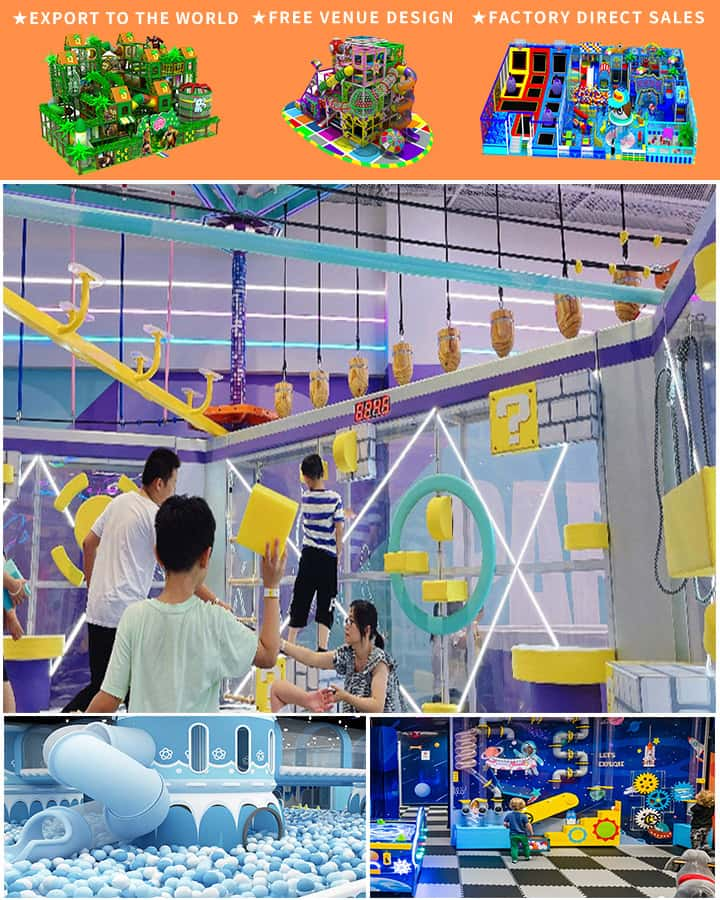Kids’ playgrounds are essential spaces that contribute to children’s physical development, social skills, and overall well-being. Selecting the right playground equipment is crucial to ensure that these areas are both fun and safe for children of all ages. Here, we’ll delve into the importance of choosing appropriate kids’ playground equipment and offer some tips for making the best choices.
The Benefits of Quality Playground Equipment
Physical Development: Engaging with playground equipment such as slides, swings, and climbing frames helps children develop their motor skills, coordination, strength, and balance. These activities are vital for physical growth and can encourage kids to become more active.
Social Interaction: Playgrounds equipped with various interactive structures foster social interaction among children. Playing together promotes teamwork, sharing, and communication skills, which are essential for building strong social relationships.
Cognitive Development: Many playground activities stimulate cognitive functions by encouraging imaginative play and problem-solving. For instance, climbing structures or balancing beams challenge kids to think about their movements and strategies, thereby enhancing their cognitive abilities.
Essential Types of Playground Equipment

Slides: A classic piece of playground equipment, slides come in various shapes and sizes, providing different levels of excitement and challenges for kids. They help improve children’s sense of adventure and are great for boosting confidence.
Swings: Swings are excellent for developing balance and coordination. Whether they are traditional belt swings or modern cage swings, they provide a fun way for children to enjoy the sensation of flying through the air.
Climbing Frames: Climbing structures, like jungle gyms or rock walls, are fantastic for building strength and endurance. They also encourage problem-solving and decision-making as kids navigate their way to the top.
Merry-Go-Rounds: These spinning platforms are not only enjoyable but also help with balance and spatial awareness. They can be used individually or with friends, promoting social interaction.
Sandpits: Sandpits offer a tactile experience that enhances sensory development. Children can dig, build, and explore, which supports creativity and fine motor skills.
Safety Considerations
When choosing playground equipment, safety should always be the top priority. Here are some key factors to consider:
Age Appropriateness: Ensure that the equipment suits the children’s age group. Younger children need simpler, more accessible structures, while older kids can handle more complex and challenging equipment.
Material Quality: Opt for durable materials that can withstand wear and tear from frequent use. High-quality materials also tend to be safer and more resistant to weather conditions.
Safety Standards Compliance: Check if the playground equipment meets national safety standards and regulations. This ensures that the equipment has been tested for potential hazards and complies with safety requirements.
Maintenance: Regularly inspect and maintain the playground equipment to identify any signs of damage or wear. Prompt repairs and upkeep can prevent accidents and extend the lifespan of the equipment.
Conclusion
Choosing the right kids’ playground equipment is vital for creating a safe, enjoyable, and developmentally beneficial environment for children. By focusing on quality, age appropriateness, safety standards, and regular maintenance, caregivers and community planners can ensure that playgrounds remain a cherished and secure space for kids to grow and learn through play. Investing in thoughtfully selected playground equipment will not only bring joy to children but also support their physical, social, and cognitive development for years to come.




